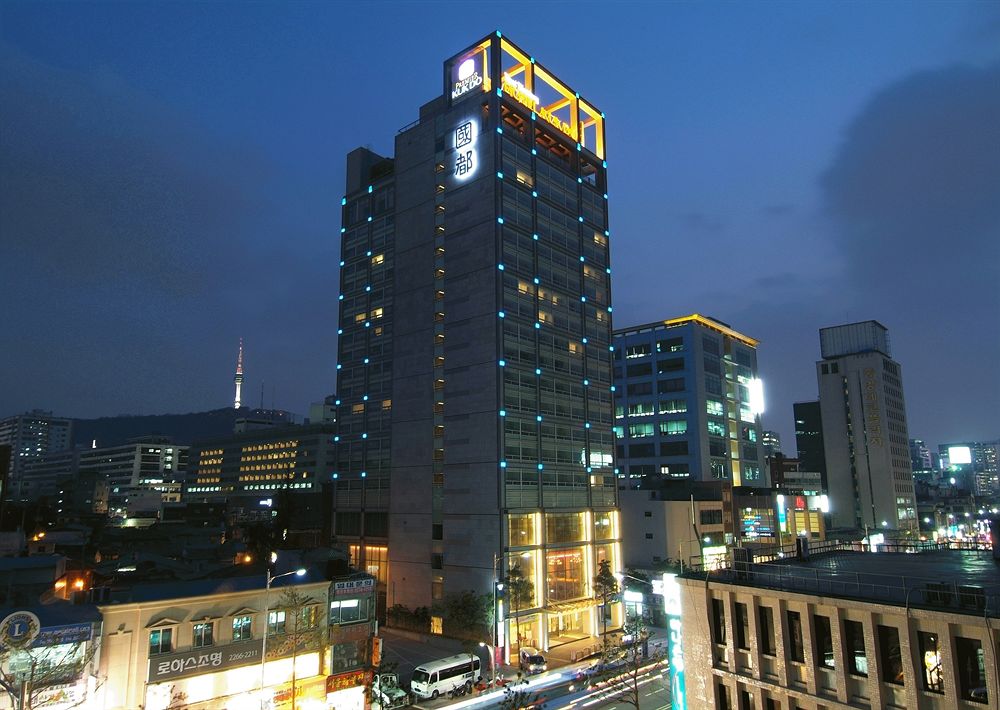今までにない圧倒的な割引、
リアルタイム最安値より最大31%も安い!
都市またはホテル名を入力してください
02月 06日(木) - 02月 07日(金) 1泊
大人2人
客室 1室
世界中の316万軒のホテル
一目でわかる会員限定ホテル
会員様限定の現存する最安値をご確認ください!
今話題の韓国の人気ホテル
近くのホテル
よくある質問
Staypiaは、AIが収集した全世界316万軒のホテルの最安値と会員限定割引を提供する現存する最安値のホテル予約サービスです。ご希望の日程と目的地、または私の周辺のホテルを簡単に検索し、グローバル人気ホテルをStaypiaだけの最安値で予約しましょう!
StaypiaはAIサービスの自動化で削減した運営コストを会員専用割引特典として還元します。簡単にログインして、人工知能がリアルタイムに収集する全世界316万軒のホテルの最安値はもちろん、会員専用割引特典まですべてお楽しみください。Staypia会員だけの最安値で世界中の人気ホテルを簡単かつ迅速に予約することができます。
Staypiaはウェブサイト会員登録ページから簡単に登録することができます。モバイル版とPC版の両方が利用可能で GoogleやFacebook, Appleのアカウント 連携で簡単に登録することも可能です。
Staypiaは、世界中のホテル予約サイトを比較し、316万件のホテルを最安値で予約できるようお手伝いします。Staypiaが提供するホテルを会員限定価格で予約された場合は、下記のStaypiaのカスタマーサービスまでご連絡ください。
support@staypia.com (月-金 09:30~17:00)
support@staypia.com (月-金 09:30~17:00)
Staypiaとパートナー予約サイトが提供するホテル宿泊金額は、以下の理由により異なる場合があります
1) 宿泊日数による金額の違い
Staypiaでは総宿泊日数に応じた最終金額を表示する一方、一部の予約サイトでは総宿泊日数に関係なく1泊あたりの金額を表示する場合があります。
2) 税金の有無による金額の違い
Staypiaのすべての金額は税金を含む一方、一部の予約サイトでは税金を含まない金額を表示する場合があります。
3) 為替レートの時差による金額の違い
現地通貨で客室価格が設定されているホテルの場合、適用する為替レート基準(固定為替レート/変動為替レート)によって表示される金額が異なる場合があります。
1) 宿泊日数による金額の違い
Staypiaでは総宿泊日数に応じた最終金額を表示する一方、一部の予約サイトでは総宿泊日数に関係なく1泊あたりの金額を表示する場合があります。
2) 税金の有無による金額の違い
Staypiaのすべての金額は税金を含む一方、一部の予約サイトでは税金を含まない金額を表示する場合があります。
3) 為替レートの時差による金額の違い
現地通貨で客室価格が設定されているホテルの場合、適用する為替レート基準(固定為替レート/変動為替レート)によって表示される金額が異なる場合があります。
一部の地域では、付加価値税(VAT)やサービス料のほか、管轄政府が課す都市税やリゾート施設利用料などの費用が発生する場合があります。これらは現地国または当該都市の法律で指定されている事項であり、予約先ではなく、ホテルや宿泊施設がお客様に直接請求している費用です。 その他発生する料金は、当該ホテルの地域、ホテルの規定など様々な要因によって異なる場合があります。
予約と同時に支払いが行われるため、支払いが行われた予約日の時点で為替レートが固定されます。
決済を試みたクレジットカード(デビットカード)の問題により、カード会社から正常な承認が行われなかった可能性があります。より詳細な確認は、該当カード会社または銀行にお問い合わせください。
よくある質問
ホテルに関するよくある質問をまとめました
1:1 お問い合わせ
お問い合わせに迅速にお答えいたします。
世界中のホテルの最低価格情報をす ばやく入手してください!
国別 全ての国を見る
都市別




















